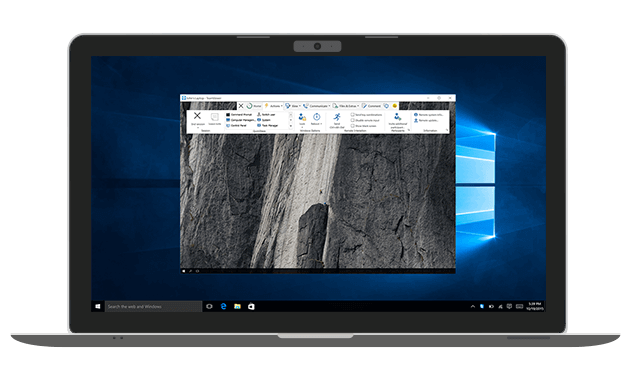

The tool is running as a system server and allows 24/7 access to remote devices, including login/logout and remote reboot. TeamViewer Host is an application that can be used for controlling other computers over the Internet. Trend Micro Home Network Security station connects to your home Wi-Fi router.Solution for a wide variety of scenarios requiring remote desktop Trend Micro Home Network Security is an easy-to-use security solution that can help shield all the devices in your home against security threats. To further enhance the protection of your devices at home when remote computing, your home network needs to be safeguarded as well.

Just do a search on Google for the top 10 remote access software solutions and you have more free and paid options than you have time to test. Note too, of course, that TeamViewer isn’t the only remote access software that’s available. If you plan to use it for business or commercial purposes you should pay for a license. Remember, TeamViewer is free for personal use. If you set this up, you can take other security measures to protect the computer these are described below.

However, TeamViewer also allows you to set up the remote computer for unattended access, which will start TeamViewer upon booting that computer, so you don’t need your partner’s assistance during the session. All you do then is double-click the online computer in the My Computers list-but your partner is still required to manually launch TeamViewer for it to show up as “online.” This requirement is slightly eased once you create your TeamViewer account and pin the Partner to it. (You can set this to be from 4 to 10 characters in length.) This default is very good for security reasons: no one can access the remote computer if it’s unattended. In the process, a random password is generated on the remote computer for use during the session, which you must enter into your login screen. Manual access to the remote computer requires you and your friend or family member to launch TeamViewer at the same time. Here in Part 3, I’ll show you how to set up Unattended Access and to ensure the security of the remote computer. In Part 2, I conducted a remote session and actually did some maintenance tasks.


 0 kommentar(er)
0 kommentar(er)
